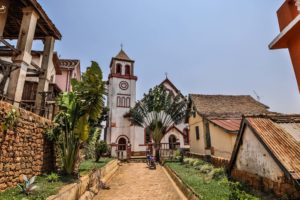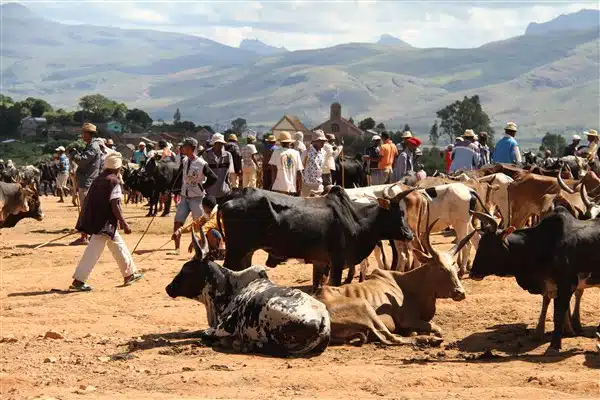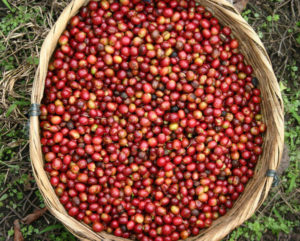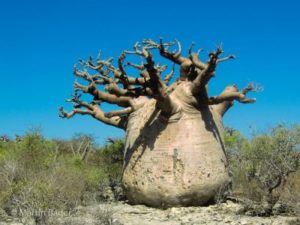The Betsileo People in Madagascar
The Betsileo regions showcase their contrasting landscapes in the south of Imerina. Its rugged and secluded relief, sometimes wooded, sometimes bare and full of Lavaka, culminates at the Pic Boby (2,658 m) in the Andringitra Massif.

Coming from the east coast, visitors are supposed to… Betsileo (“Many Invincibles”) assimilated the Vazimba before forming four kingdoms. The Arindrano in the south, the Lalangina in the center, the Isandra in the west, and the Manandriana in the north.
Around 1750, under the rule of Andriampanalina I
, Isandra asserted its economic superiority over the other three kingdoms, but failed to achieve a lasting political unity among the Betsileo. Weakened by internal divisions, the land came under the rule of the Merina at the end of the 18th century. Today, it is an important agricultural center (rice, tea, and vineyards).
AMBOSITRA (PK 258 of RN 7 – 90 km south of Antsirabe)
Ambositra rises Located at an altitude of 1,345 meters, Ambositra-Taloha was once a lush and flourishing area. The village got its name (“where there are many castrated zebus”) from the importance of its livestock in the 17th and 18th centuries. The region is rich in resources, including livestock farming and agriculture (rice, corn, cassava, sugarcane), as well as significant mining deposits such as copper, gold, iron, lead, nickel, asbestos, and limestone.
Ambositra fiercely resisted Prince Rakoto’s army, the future Radama II. Explore more about the monarchies and kingdoms in Madagascar here. Check out this image of carts in Fianarantsoa. At the end of an attack that cost the life of King Betsileo Mpanalina, Merina troops turned the houses to ashes and their inhabitants into slaves.
From this first village, Ambositra-Taloha, located 3 km southwest of the present-day city, the defensive ditches, the narrow natural gate made of large rocks, the main square, and the tomb of the ancient kings have been preserved.
The Regional Museum Tompon’Anarana (“the one who bears his name well”)
The faithfully reconstructed royal house of Betsileo with its ox park showcases a collection of ancient objects and minerals.
Vinany
Tatao are cone-shaped stone monuments, 30 to 50 cm high. Most of these monuments are erected near graves and dedicated to the memory of a relative whose body has not yet been transferred to the family tomb.
They are also used to honor important individuals. People and events in family or regional history are commemorated. According to tradition, every traveler who encounters a Tatao on their way must add a stone to the building. This tribute to ancestors is believed to bring luck.
The Beautiful Bedia
On the advice of the fortune-teller astrologer Itsivalaka, Andriampanalina I, ruler of Isandra, decided to offer a human sacrifice to strengthen his throne and ensure the success of his conquests. According to Itsivalaka, a woman had to be chosen and buried alive. The news, it is said, struck fear into the population until the beautiful Bedia sacrificed herself for the good of Andriampanalina and her kingdom. As a victim offered. She was buried in her best clothes in Mahazoarivo, the capital. The royal palace and its outbuildings have disappeared. Only the tomb of the beautiful Bedia reminds of the rich hours of Isandra.
“One does not finish a work started with silk with bast.”
Proverb from Madagascar







